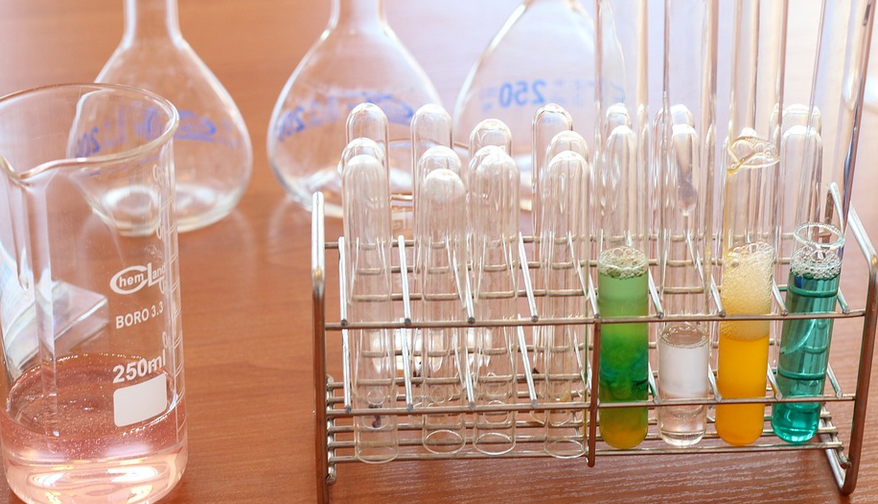Introduction
Carbohydrates are one of the essential macronutrients that our body requires for energy production. They play a vital role in maintaining our overall health and well-being. Glycogen and starch are two types of carbohydrates that are widely present in our diet. In this article, we will discuss the structure of glycogen and starch in detail.
What is Glycogen?
Glycogen is a complex carbohydrate that is found in animals and humans. It is the storage form of glucose in our body. The structure of glycogen is similar to that of amylopectin, which is a branched-chain polymer of glucose units. The difference between glycogen and amylopectin is the degree of branching. Glycogen has more branches than amylopectin, making it a highly branched molecule.
Structure of Glycogen
The structure of glycogen is highly branched, as mentioned earlier. The main chain of glycogen consists of α-D-glucose units linked by α-1,4-glycosidic bonds. At regular intervals, the main chain has branches that contain α-1,6-glycosidic bonds. These branches are responsible for the high degree of branching in glycogen. The branches of glycogen are shorter than those of amylopectin, which makes it a more compact molecule.
What is Starch?
Starch is a complex carbohydrate that is found in plants. It is the primary energy storage molecule in plants. The structure of starch is similar to that of glycogen, but it is less branched. Starch is composed of two different types of glucose polymers, namely amylose and amylopectin.
Structure of Starch
The structure of starch is less branched than that of glycogen. The main chain of starch consists of α-D-glucose units linked by α-1,4-glycosidic bonds. The amylose component of starch is a linear chain of glucose units that are linked by α-1,4-glycosidic bonds. In contrast, the amylopectin component of starch is a branched-chain polymer of glucose units. The branches of amylopectin are similar to those of glycogen, but they are longer and less frequent.
Functions of Glycogen and Starch
Glycogen and starch serve as the primary energy storage molecules in animals and plants, respectively. When we consume carbohydrates, our body breaks them down into glucose, which is used for energy production. Excess glucose is stored in the form of glycogen in our liver and muscles. Similarly, plants store excess glucose in the form of starch in their leaves, stems, and roots.
Conclusion
Glycogen and starch are two types of complex carbohydrates that play a crucial role in maintaining our overall health and well-being. Understanding their structure and functions is essential for anyone who wants to live a healthy lifestyle. By consuming a balanced diet that includes carbohydrates, we can ensure that our body has enough energy to perform its functions optimally.
References
[1] Alberts, B., Johnson, A., Lewis, J., Raff, M., Roberts, K., & Walter, P. (2002). Molecular biology of the cell (4th ed.). New York: Garland Science.
[2] Stryer, L. (1995). Biochemistry (4th ed.). New York: W.H. Freeman.

